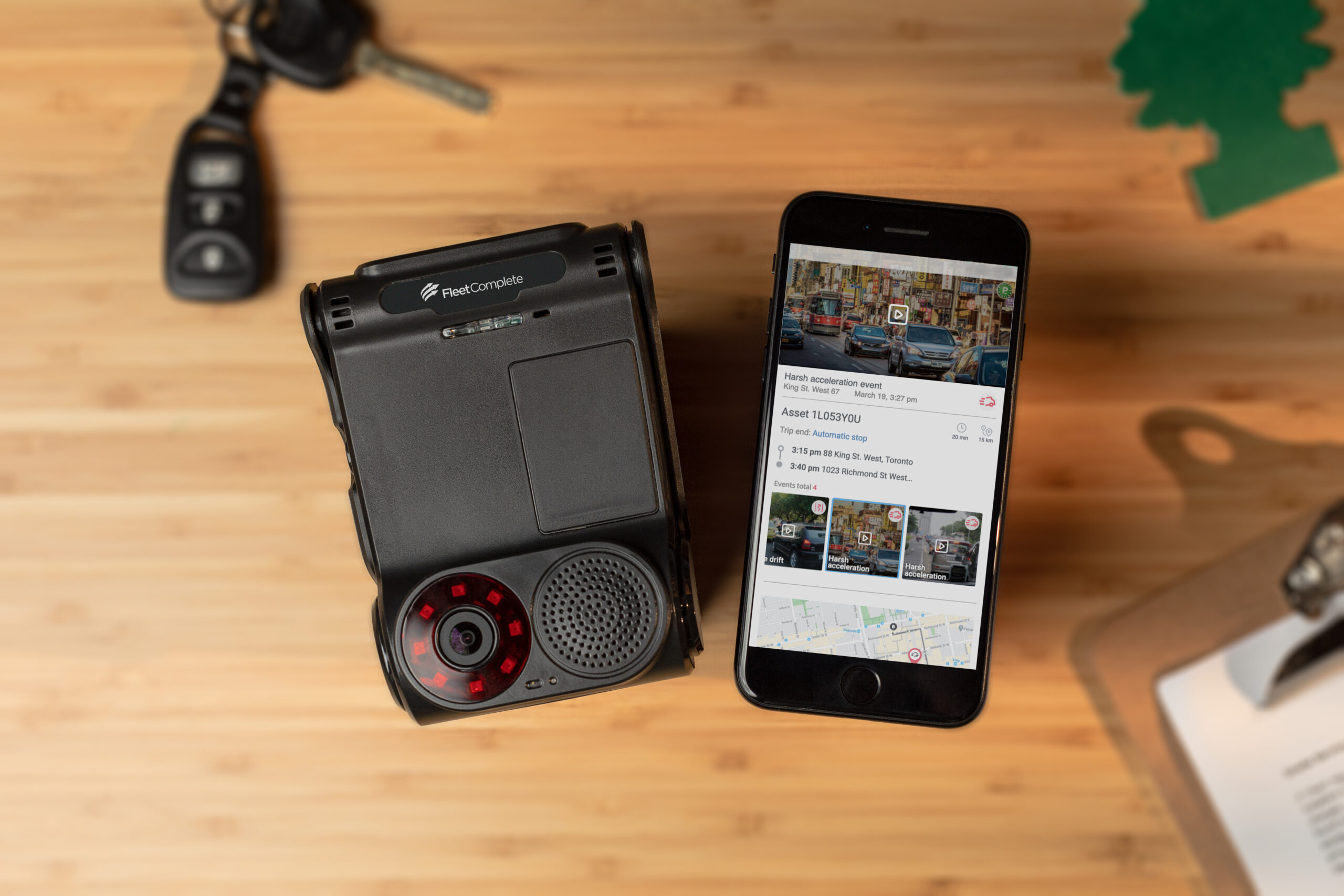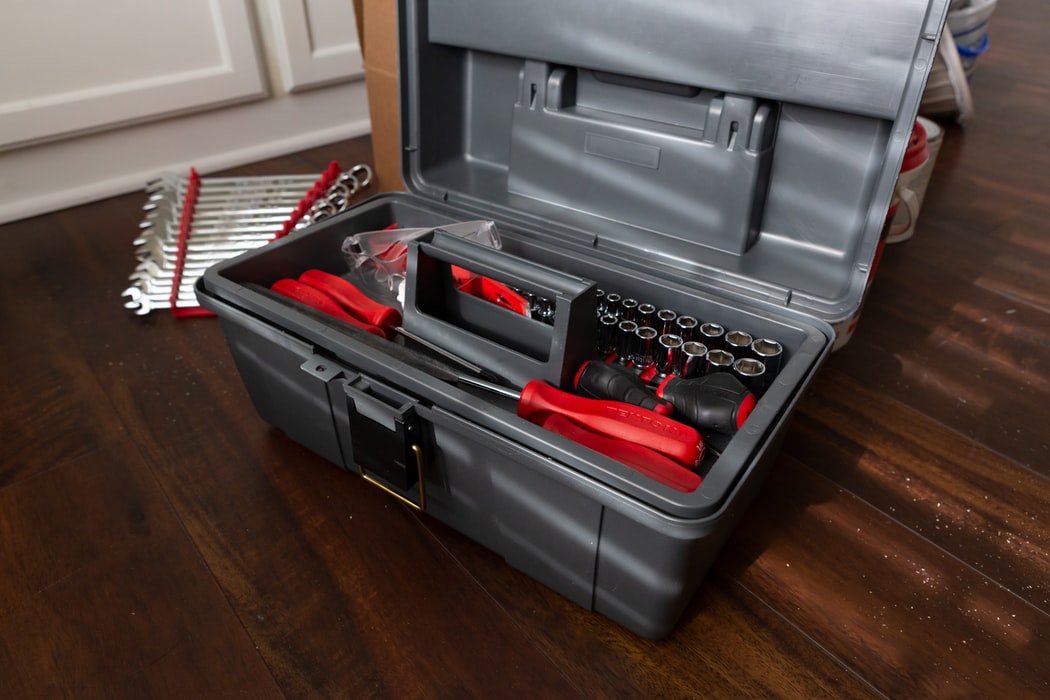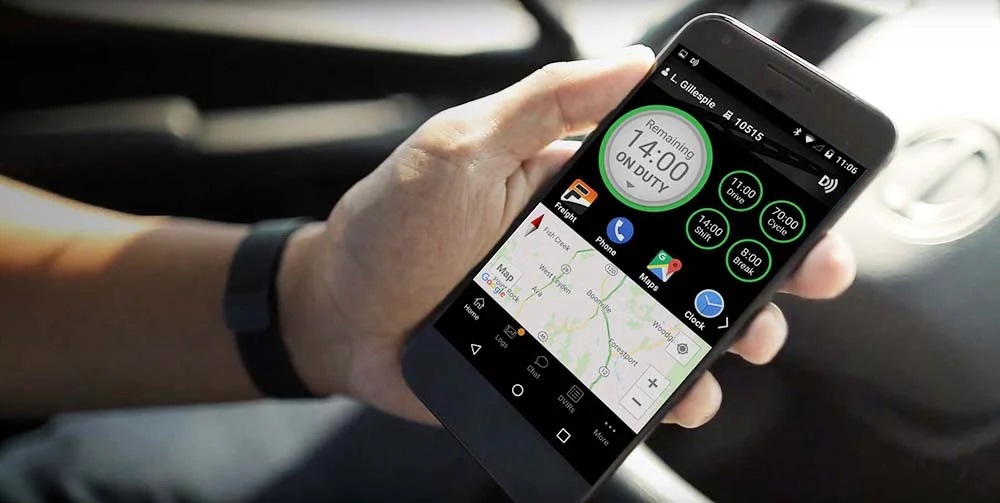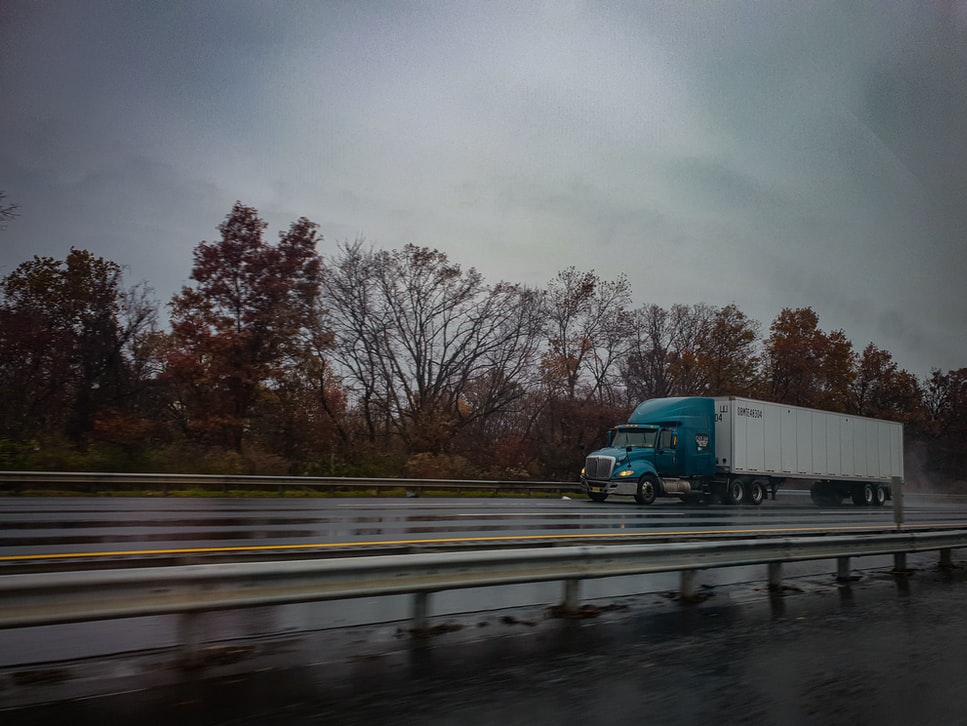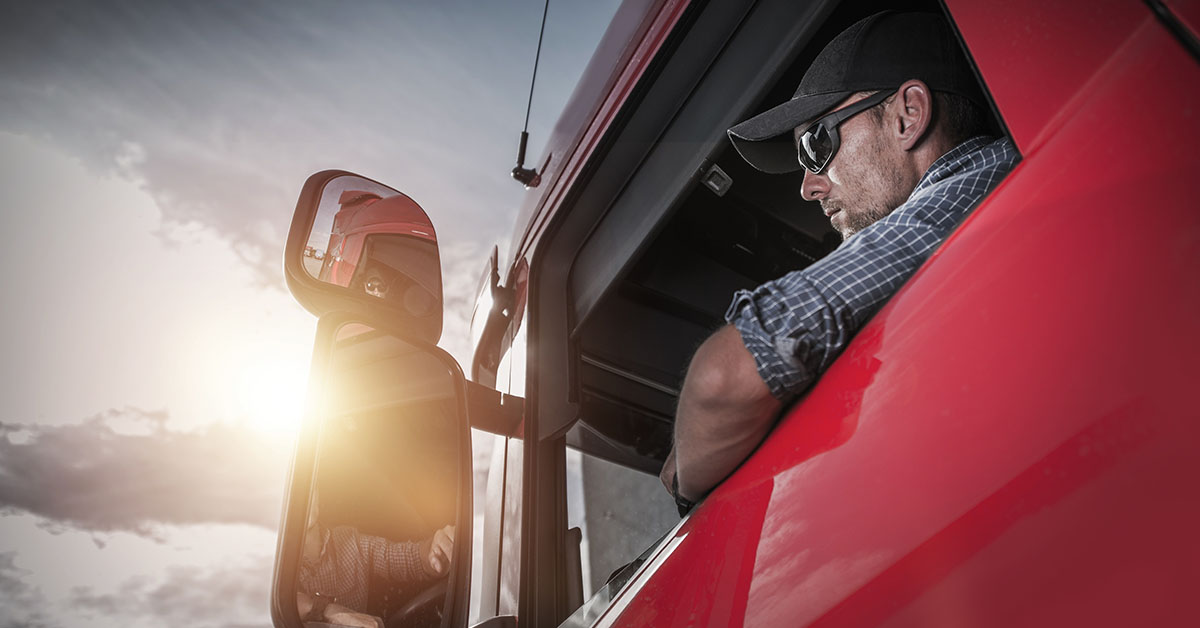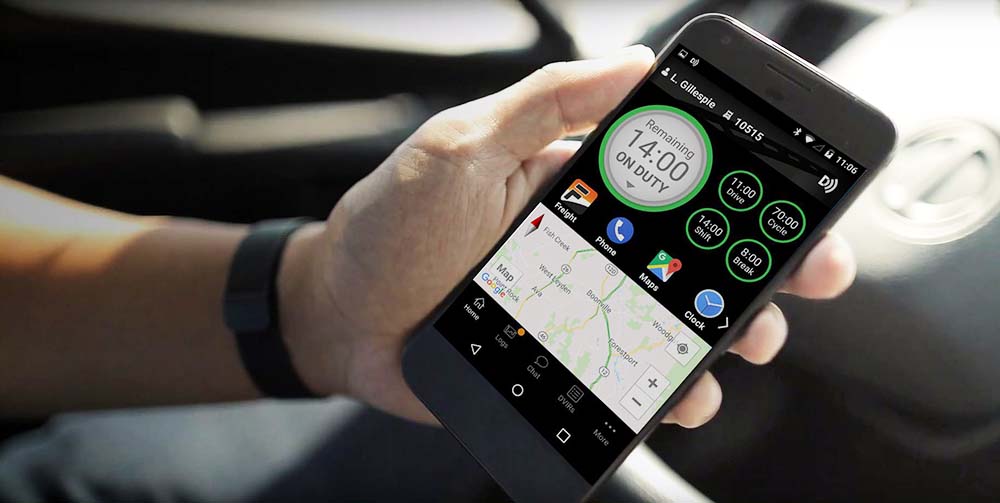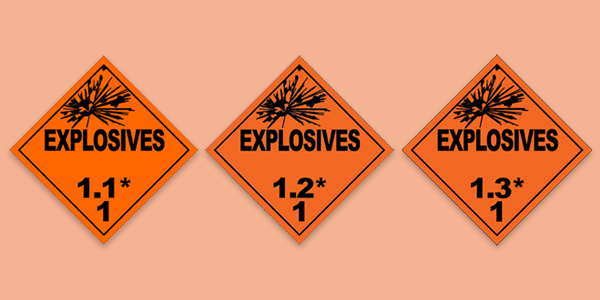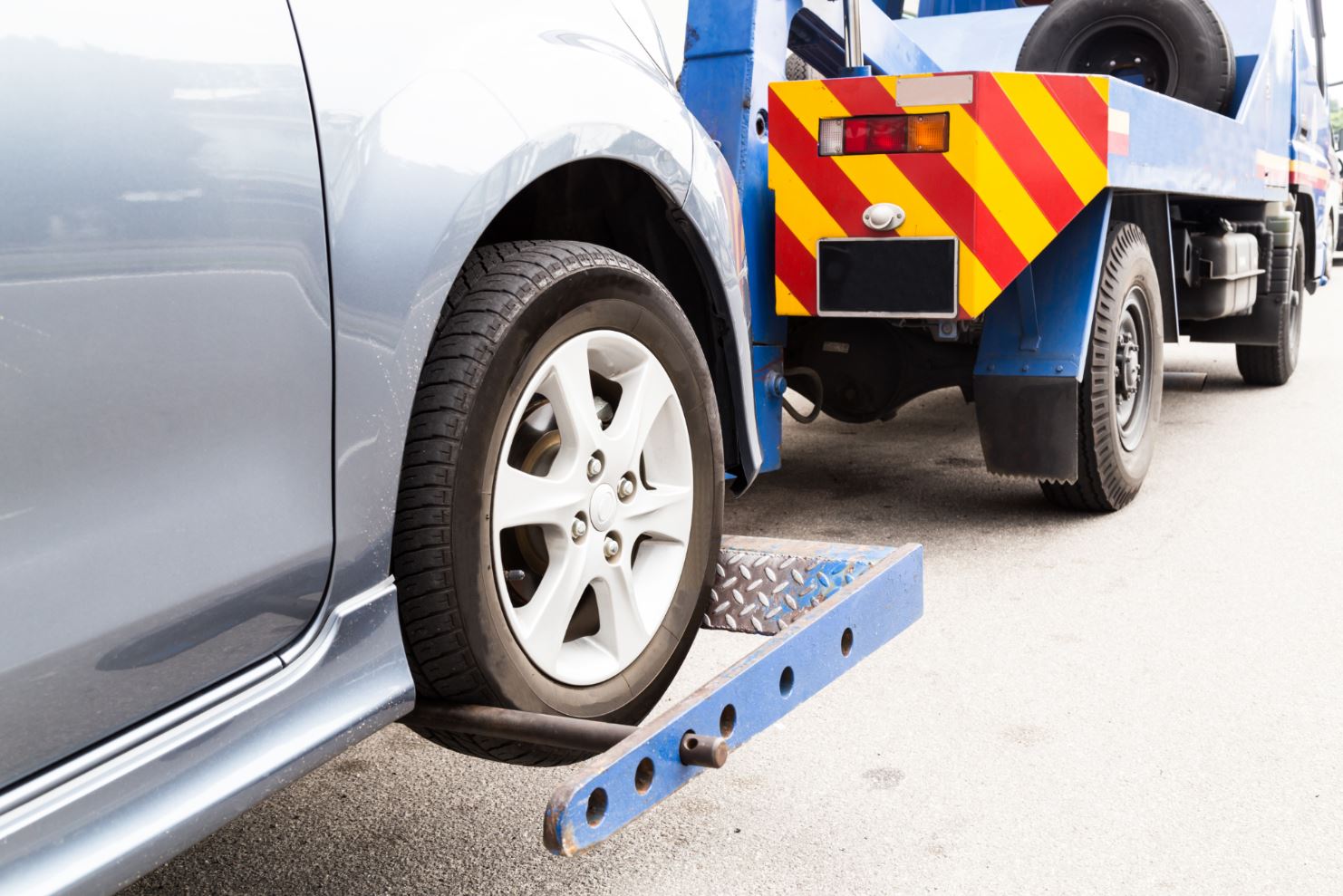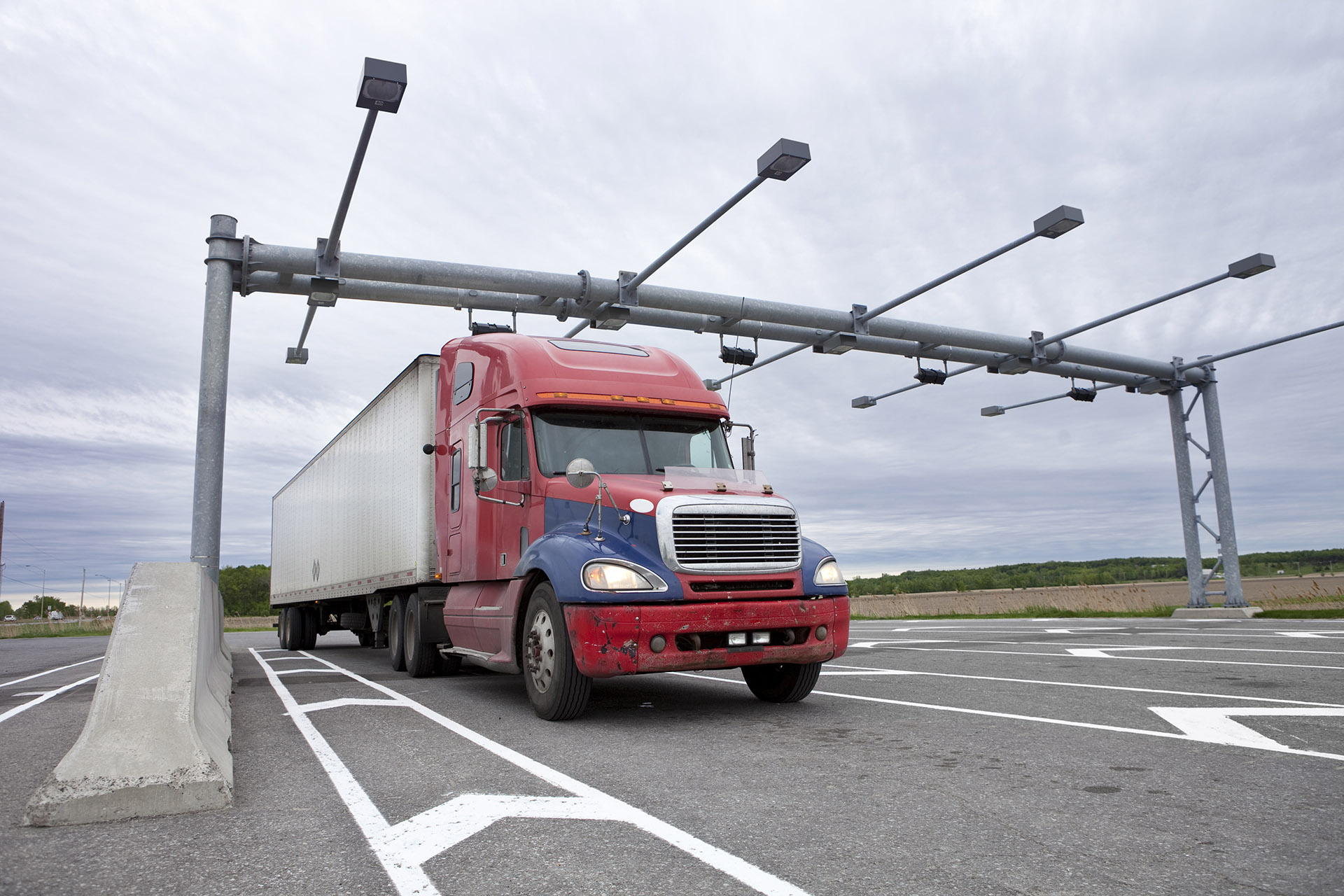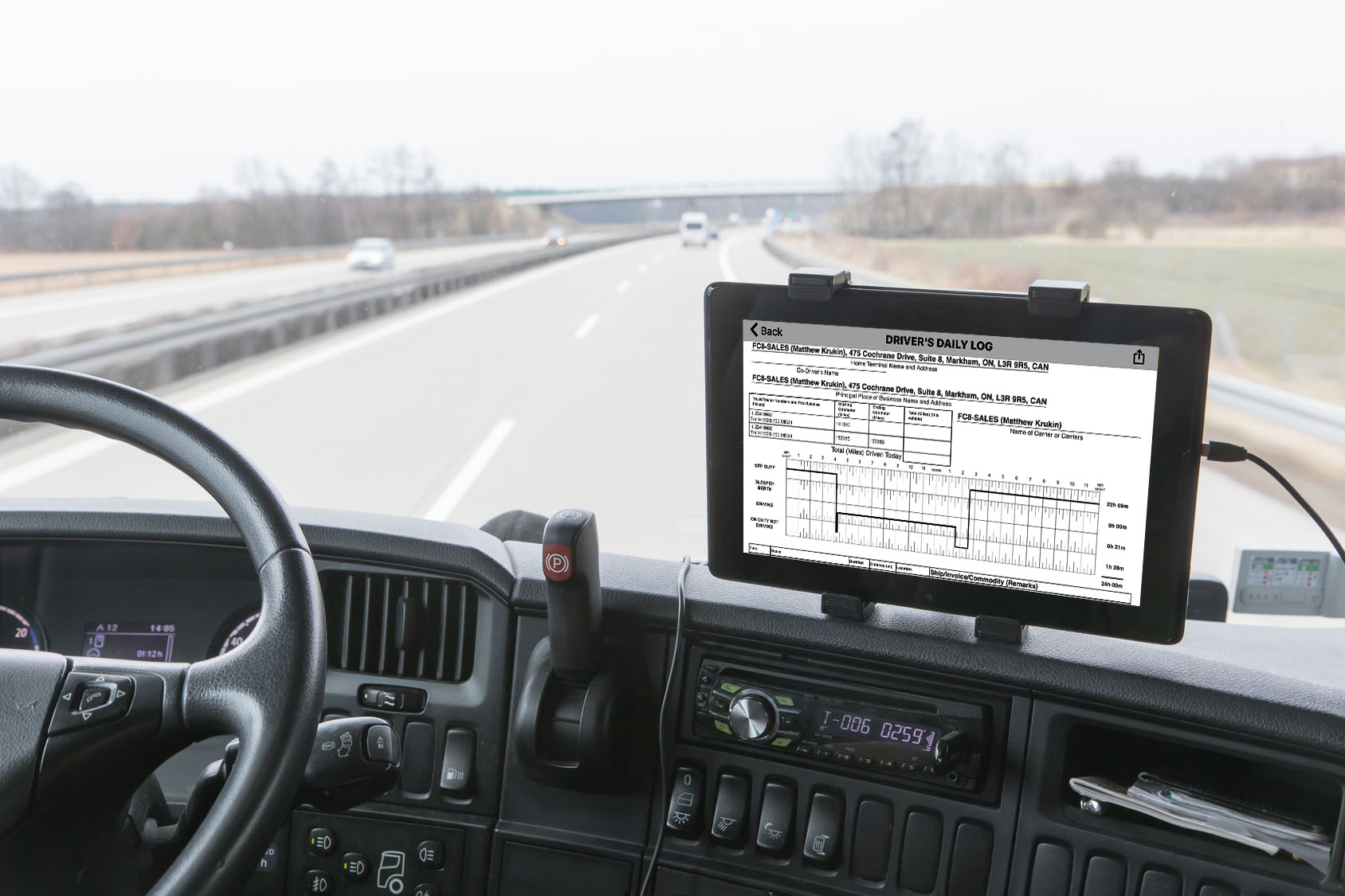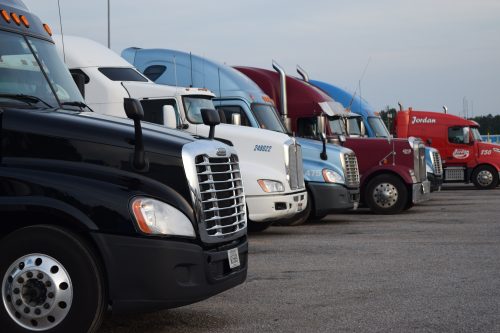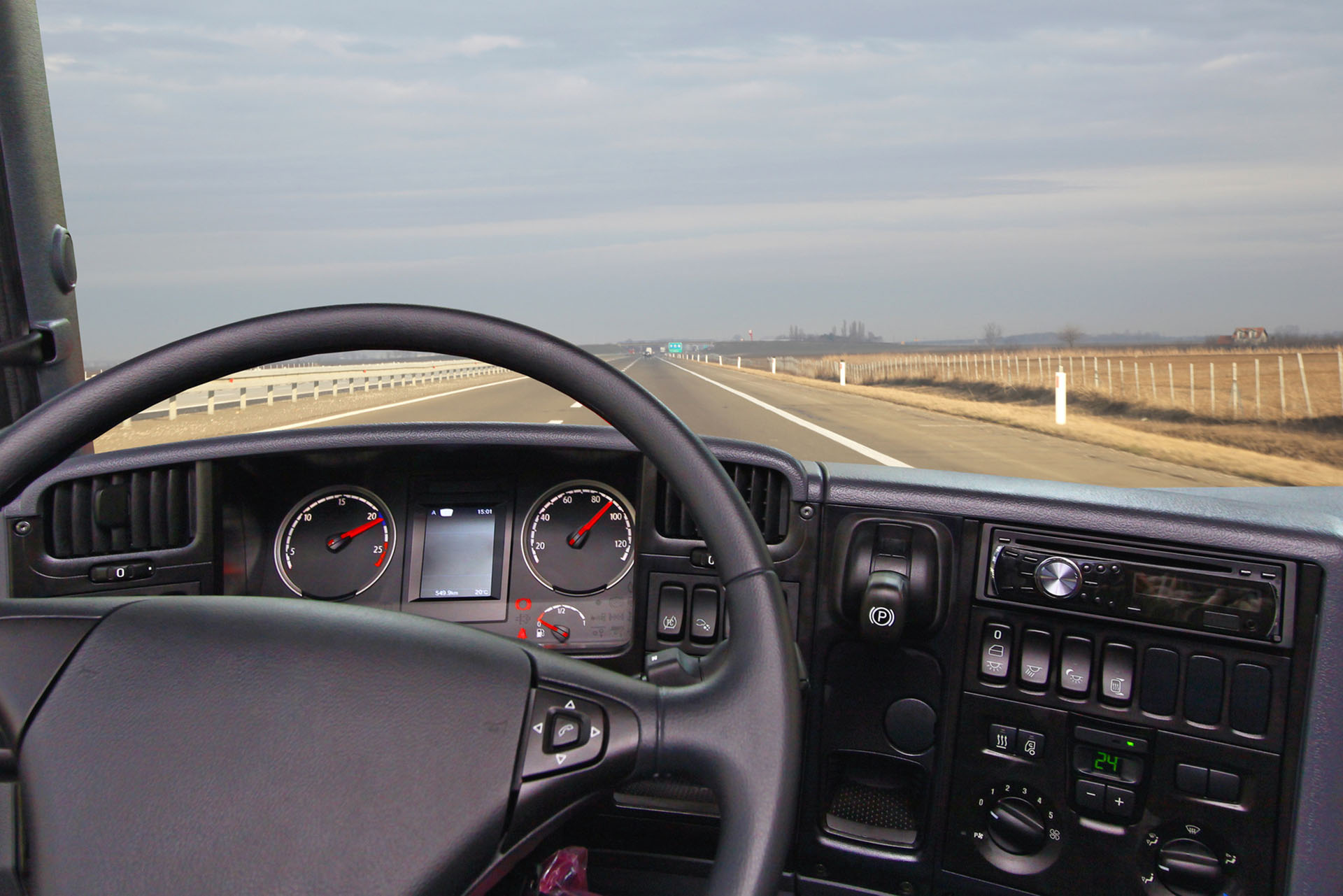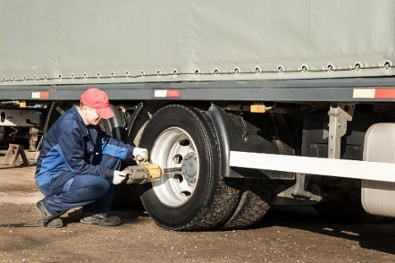The Commercial Vehicle Safety Alliance (CVSA) has set May 4-6, 2021 for this year’s Roadcheck.
Roadcheck is an annual enforcement and educational initiative targeted at specific elements of motor carrier, vehicle, and driver safety.
The CVSA program is deployed under the joint support of the Federal Motor Carrier Safety Administration, the Canadian Council of Motor Transport Administrators, Transport Canada, and Mexico’s Ministry of Communications and Transportation and its National Guard.
Over the three days, Inspectors throughout North America will conduct inspections on commercial motor vehicles, cargo, and drivers.
Roadcheck 2021 will focus on lighting and hours of service. Beyond these components, Inspectors will ensure a vehicle is compliant with the regulations in your jurisdiction by also checking other parts, including the following:
- Cargo security
- Driveline and driveshaft components
- Braking, exhaust, and fuel systems
- Steering mechanisms
- Suspensions
- Van and open-top trailer bodies
- Tires, rims, hubs, and fifth wheel coupling
While these components will be checked, inspectors will primarily look for critical vehicle items specific to lights and HOS, as outlined in the CVSA North American Standard Out-of-Service Criteria.
If a violation is found, the driver and/or vehicle will be placed out of service. This means that either a fleet resource or an asset will not be allowed to continue on their journey depending on what the out-of-service condition is and if it gets corrected.
On the other hand, if a vehicle successfully passes a Level I or Level V Inspection without any critical vehicle inspection components found, the Inspector should affix a CVSA Decal to the vehicle that passes the inspection. Have a look at the color code and location of the CVSA Decals to confirm validity.
In typical scenarios, vehicles with a valid CVSA decal are not usually pulled over by an Inspection during the three-month window in which the decal is valid.
Therefore, it is key that a driver requests the CVSA decal be affixed. It is equally vital for the driver to keep an Inspection copy. This is crucial if stopped so that a driver can proactively show the previous CVSA Inspection Report and point out the sticker.
It’s important to highlight that nothing prevents the re-inspection of a vehicle with a valid CVSA decal, especially if an obvious defect is noticed on the vehicle. That being said, Inspectors are directed to focus their efforts on vehicles without a valid CVSA decal.
Also to note, an Inspector will verify a driver’s license and medical credentials.
Additionally, drivers will have to show their hours-of-service Record of Duty Status (RODS) to the last change in duty status if not exempt. It is crucial that a driver retains a blank log if operating under ELD in the U.S. or ERD/ELD in Canada, as this is the fail-safe if your device malfunctions in transit.
In terms of lighting, even though the inspections are supposed to be randomly selected based on the next vehicle entering the Truck Inspection Station or Lay-By, a vehicle with defective lights is a clear red flag for inspection. Thus, it’s crucial to pay particular attention to all lights on the vehicle you are operating.
The golden rule is if you have a light on your vehicle, it must be working properly, or the domino effect is getting pulled in for inspection, be issued a citation, and ultimately be placed out of service until corrected.














